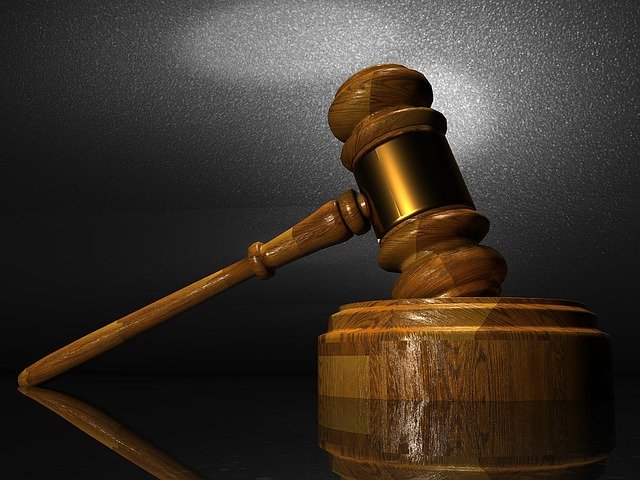Auto accidents can be overwhelming experiences for everyone involved. Whether you’re a driver, passenger, or pedestrian, the aftermath of an accident often leads to emotional and financial stress. One crucial piece of evidence that can significantly impact the outcome of an auto accident case is the police report. Understanding the role that these reports play in the legal and insurance processes is essential for anyone involved in an accident. This blog post explores the importance of police reports in auto accident cases, what they contain, and how they influence the resolution of claims.
What is a Police Report?
A police report is an official document created by law enforcement officers after responding to an accident scene. It includes details about the incident, such as the time, location, and parties involved, as well as a description of how the accident occurred. The officer may also note any traffic laws that were violated, injuries sustained, and road conditions at the time of the accident. In some cases, the officer may provide a preliminary determination of fault based on their observations and investigation.
While a police report is typically used for law enforcement purposes, it is also a crucial element in legal and insurance claims. It provides a neutral, third-party account of the accident, which can help settle disputes about what happened and who was at fault.
The Importance of Police Reports in Auto Accident Cases
- Establishing a Factual Account of the Accident
One of the primary functions of a police report is to provide an unbiased, factual record of the accident. In the chaos and confusion that often follows a collision, memories can become distorted, and different parties may have conflicting versions of the events. The police report serves as a neutral account of the facts, recorded by trained officers who have no vested interest in the outcome of the case.
This factual record is invaluable when it comes to insurance claims, where the details of the accident must be verified to determine fault and compensation. Additionally, in legal cases, a police report provides a starting point for further investigation and can help guide attorneys in building their case.
- Determining Fault and Liability
In most auto accident cases, determining who is at fault is a key issue. The police report often includes the officer’s observations about who caused the accident. While the officer may not always make a formal determination of fault, their analysis can provide important clues. For example, if one driver was speeding, ran a red light, or failed to yield, the officer might document these actions in the report.
In cases where liability is disputed, the police report can serve as an important piece of evidence in proving who was responsible for the accident. While insurance companies and courts may conduct their own investigations, the police report often plays a significant role in the decision-making process.
- Providing Information for Insurance Claims
Insurance companies rely heavily on police reports to assess the details of an accident and determine whether to approve or deny a claim. The report can help insurers understand the circumstances of the crash, including the severity of the damage, the injuries sustained, and any factors that may have contributed to the collision. For example, if road conditions or weather played a role in the accident, this might be documented in the report.
In addition to verifying the facts of the accident, the police report helps insurance adjusters determine fault, which can affect how much compensation each party receives. If the officer’s report points to one driver as being at fault, the insurer may assign liability accordingly. Conversely, if both parties share fault, the insurance company may apply comparative negligence rules to determine how much each party is entitled to.
- Providing Evidence for Legal Cases
In legal cases where parties seek compensation for damages or injuries, the police report can be crucial evidence. Attorneys often use the police report to support their case in court, as it provides a clear, impartial record of the events. If the case goes to trial, the report may be used to cross-examine witnesses or challenge conflicting testimony.
While a police report is not always considered conclusive evidence, it can help establish the facts and provide context for other pieces of evidence, such as witness statements, photos of the scene, and expert testimony.

- Helping to Avoid Fraudulent Claims
In some cases, one party may attempt to exaggerate or fabricate the details of the accident to gain an advantage in a legal or insurance claim. Police reports are particularly valuable in these situations because they are prepared by a neutral third party who has investigated the scene. The officer’s report can help prevent fraudulent claims by providing an objective record that can be cross-checked with other evidence.
For instance, if a driver claims they were injured in the accident but the police report indicates they did not appear to be hurt at the scene, this discrepancy may raise questions about the legitimacy of the claim.
What Does a Police Report Include?
A typical police report for an auto accident will contain several key sections:
- Basic Information: This includes the names and contact details of all parties involved in the accident, as well as their insurance information. It also lists the date, time, and location of the accident.
- Description of the Accident: The officer will provide a narrative of how the accident occurred, including the sequence of events and any factors that may have contributed to the crash.
- Witness Statements: If there were any witnesses to the accident, their statements may be included in the report. These statements can offer additional insight into what happened and help corroborate the police officer’s account.
- Evidence and Documentation: The officer may document any physical evidence, such as skid marks, vehicle damage, or debris. Photos of the scene may also be included.
- Traffic Violations and Citations: If any traffic violations occurred, the officer will list these in the report. This can be important for determining fault.
- Officer’s Opinion on Fault: In some cases, the officer may include their opinion on who was at fault based on their investigation, although this is not always provided.
How to Obtain a Police Report
After an accident, you can typically obtain a copy of the police report by contacting the law enforcement agency that responded to the scene. In some cases, the report may be available online for a fee, or you may need to visit the station in person. If you have difficulty obtaining the report or need assistance, you can get in touch with their office for guidance on how Police Reports in Auto Accidentto proceed. Be sure to request the report as soon as possible, as there may be a time limit on when it can be accessed.
Conclusion
Police reports play a vital role in auto accident cases. They provide an impartial, factual account of the incident that can help determine fault, assist in insurance claims, and provide valuable evidence in legal proceedings. Understanding the importance of these reports and how they can impact the outcome of your case is essential for anyone involved in an auto accident. Always ensure that you obtain a copy of the report and consult with legal and insurance professionals to ensure that your rights are protected.





